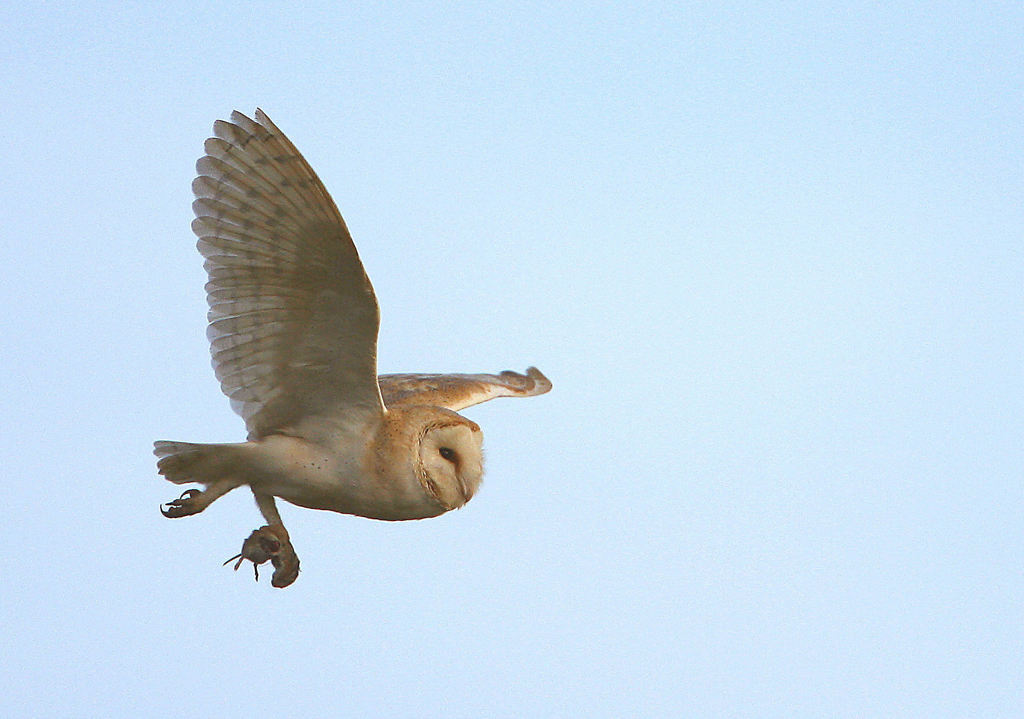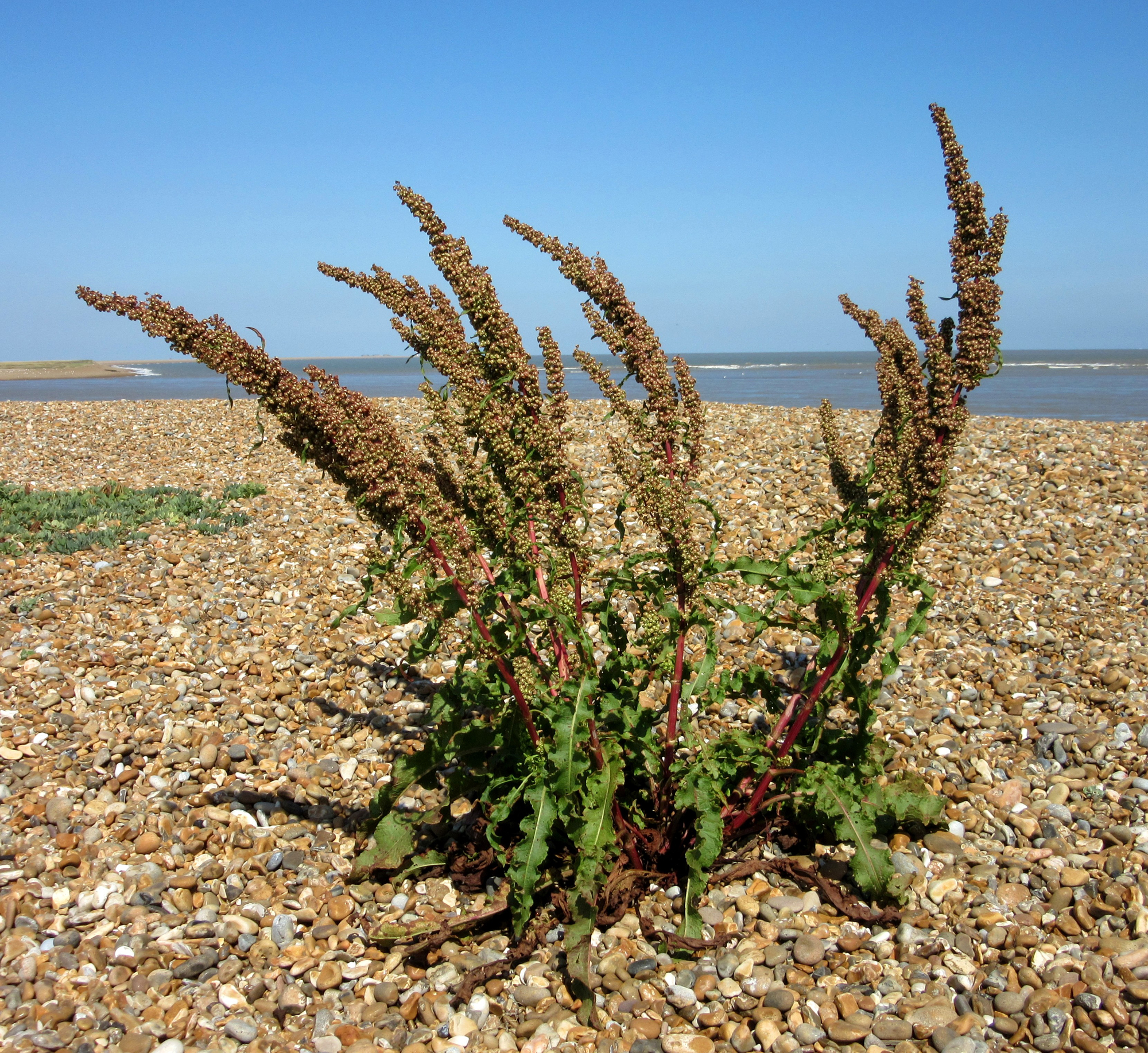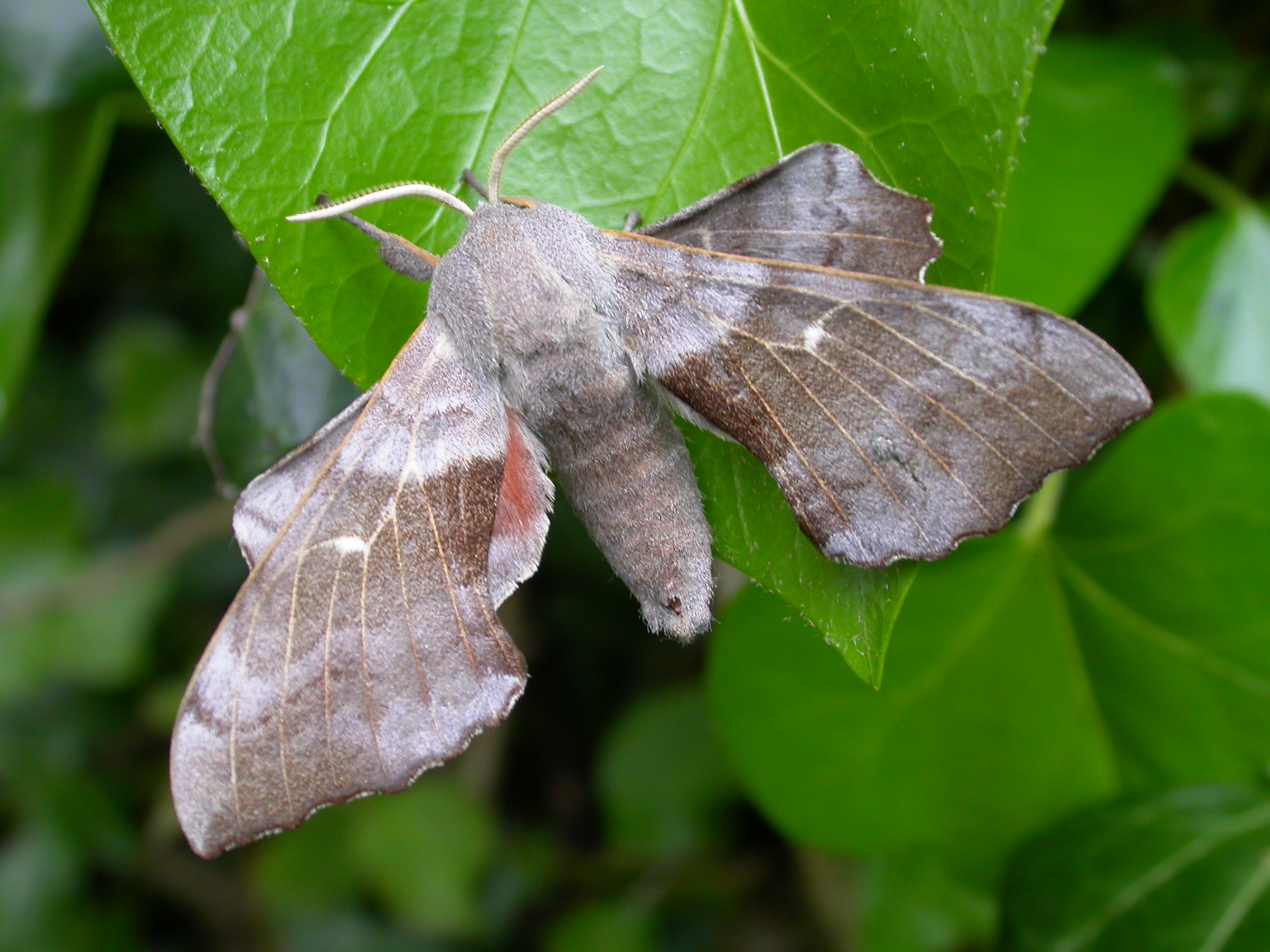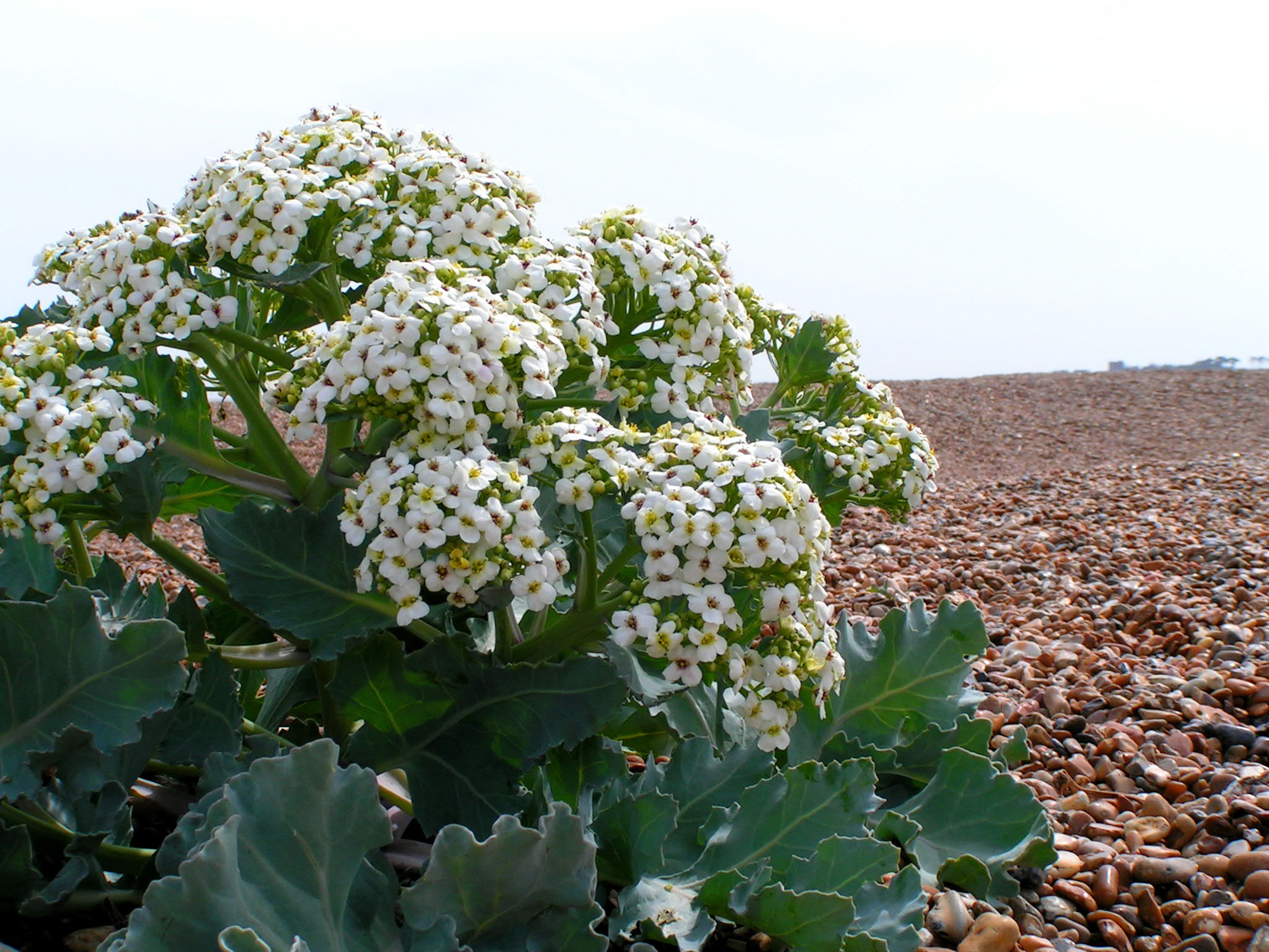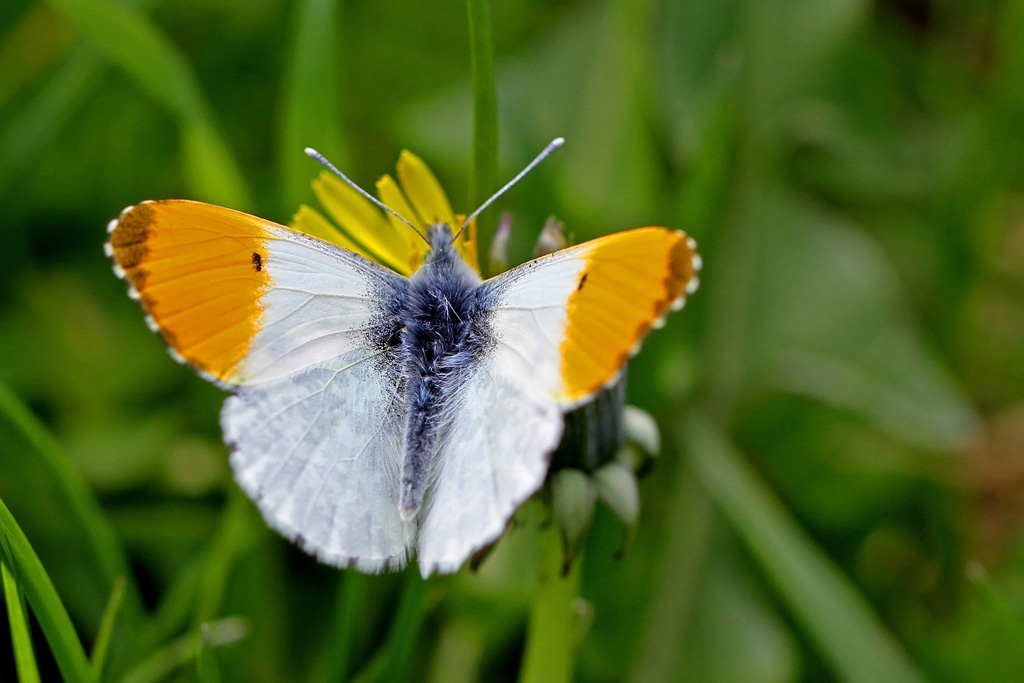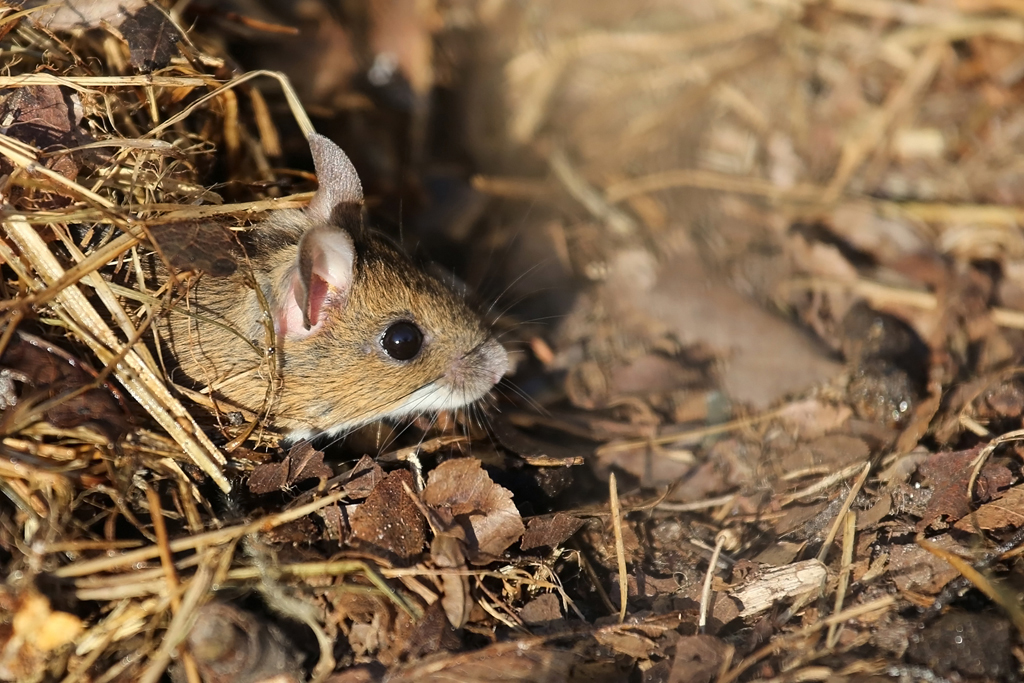Village Voices Nature Note: the Colour of Earth
01 Dec 2020
You’ll probably know the mnemonic ROYGBIV, ‘Richard Of York Gave Battle In Vain’ – or if you prefer something livelier ‘Rinse Out Your Granny’s Boots In Vinegar’, to help us remember the colours in the spectrum. The odd thing is that the commonest colour we see all around us doesn’t figure at all in this sequence. Where’s brown? An artist tells me that you have to create brown by mixing the three primary colours in suitable proportions, but the original creator, whether God or Evolution, clearly got there more directly. Brown is the colour of Earth.
And if green is the colour of spring, brown is certainly the colour of autumn. Or rather ‘browns’. Think how many of the shades of brown come from the natural world: chestnut, hazel, clay, umber, walnut, mahogany, bay, cinnamon, fawn and brown-as-a-berry.
I’d add the drab brown of the golden plovers now arriving on the arable fields for the winter but so hard to pick out on the ground; also the dusty orange- brown of the small tortoiseshell butterfly I’ve just found hibernating in our shed, looking for all the world like a dead leaf.
And as for autumn leaves themselves, our trees and hedgerows are now blazing in a hectic collage of every kind of brown from red to yellow. We think of the leaves turning brown, but what actually happens is that the chlorophyll which gives the leaves their spring and summer shades of green is re-absorbed back into the tree, thus revealing the other pigments that were masked by the chlorophyll. So you could say, a little paradoxically, that the real leaf colour is brown rather than green. This annual leaf display tends to be at its best when we have bright, warm days and chilly nights, which is why the east coast of America regularly boasts such spectacular autumn effects. Except that they call it the ‘fall’, which is accurate as a description and is in fact a good old Anglo-Saxon word we used here up to the sixteenth century. The Pilgrim Fathers took it with them and I think I still prefer it as an expression to our Latin-derived ‘autumn’.
In cultural terms, ‘brown’ has good connotations of warmth, strength,
stability and health (a nice ‘tan’). Think how simple and natural a brown paper bag is, and how much better for the planet than the plastic ones. Designers like to exploit these positive vibes too, with their own, more artificial confections. Farrow and Ball, for example, offer us: Hot Mocha, Pelt, Mouse’s Back and Broccoli Brown for our interior decorations. I’ll stick to the outside ones, thanks.
Jeremy Mynott
Village Voices Nature Note: A Sudden Beauty
01 Jul 2020
I have to start with a confession. This month's 'Nature Note' comes not from Shingle Street but from the west of the county. We happened to be here when the music stopped in March and we thought it safer to stay put. But I've been walking out every day, trying to notice things just the same, and I've been making comparisons all the time with the succession of flowers and birds I know have been appearing on the coast too in this remarkable spring - remarkable both for its extraordinary weather and the worldwide pandemic (respectively the best and worst of their kind in my lifetime). A poignant conjunction that has highlighted for many people the beauty of the natural world we are fortunate enough to have enjoyed as a solace.
I came across one quite unexpected delight the other day. I was walking on a grassy footpath - in fact an early section of the same Suffolk Way that runs past our house in Shingle Street - when right in the middle of the track I saw a most striking plant. It had a shortish straight stalk with a rosette of leaves at the base and two more clasping the stalk higher up like a sheath. The flower blooming on top was a remarkable confection of sculpted blooms, looking for all the world like a bee. It was a bee orchid, not as rare as its exotic appearance would suggest, and surprising in its choice of quite banal settings, often railway sidings, spoil heaps and waste ground, anywhere there has disturbed chalky ground.
The Shingle Street ones, which re-appear most but not quite all years, thrive in a heap of 'foreign' soil imported to repair a sea-wall breach in the Great Flood of 1953.
This fantastical flower evolved to mimic a bee as a cunning device to persuade male bees to alight on the fake female and so pollinate the plant.
Jeremy Mynott
Grayling
29 July 2016
The first grayling of the year, rather later than usual – but the buddleia (one of its favourite foodplants) is about two weeks late. There's a distinct shortage of some butterflies this year – no small coppers so far and no wall (for which we are a special site). Maybe they will all emerge in August if we get some sunny weather.
Jeremy
Shingle Street flora survey 2015
Shingle Street is an exacting place for its flora, especially plants of the shingle, saltmarsh and ultra-arid concrete. They are all superbly adapted to their hard life, from plants with taproots that probe metres-deep into the shingle in search of water, to species daily submerged by the tides, and tiny, rare clovers flourishing in compacted soil that are grazed by rabbits right down to the ground. They are all specialists in their own way: finding them, photographing and recording them in 2015 helps create an important benchmark.
Laurie and Jonathan Forsyth
[Continue reading →]
The wild flowers of Shingle Street
Salty wind, sea and stones are what you get at Shingle Street, and lots of wild flowers. They are a hardy bunch of survivors, and superbly at home in the tough environment where land meets sea. Some live in the mud; others in shingle, grassland, on seawalls, in lagoons and some even manage to exist in the cracks in concrete. Summer at Shingle Street produces a palette of colours from seemingly impossible raw materials. Yellow, pink, white, red and deep blue: any gardener would be proud to have flowers as striking if they came from a garden centre, and a glance at the gardens of the cottages proves the point.
[Continue reading →]
Mullein
07 May 2015
One good thing that happened on Election Day, whatever else may befall, was walking around with a botanist friend who kept exclaiming about the wild flowers we have here. He identified several things that weren't on the systematic list we've been keeping, including a Hoary Cinquefoil and a Spring Vetch. He was also very taken with our Hoary Mulleins (the ones with a candelabra shape), which whatever their immediate origins are classified as a rare wild plant, found only in Suffolk and Norfolk and he urged us to treasure them.
Jeremy
Alex message 1
10 Mar 2015
We have a Mahonia just outside our five bar gate, a common hardy garden shrub with hollylike leaves and sprays of scented yellow flowers, it is humming, literally!
I was attracted by the noise and found many honey bees and a couple of bumble bees. Certainly the Bumbles were there the other day because every time i go out i see them. So brave because it is still fairly chilly, but the flowers do put out a most wonderful smell and there isnt much else to attract at this time of year.
Spring is here!
Our bird feeder has at least fourteen gold finches, lots of starlings, sparrows, blackbirds, blue tits and there is a wren in the woodpile, a cock pheasant that visits regularly and a brace of partridges. Pigeons come, naturally, and a pair of collar doves.
More later.
Alex Williams
by Lydia Vulliamy.
Shingle Street is a magical place, right by the mouth of the River Ore. Typical shingle flora grow there in profusion. The great mounds of sea kale Crambe maritima predominate. The leaves die back in the winter; in spring the first shoots appear, very dark purple, crinkly and succulent. The plants fully grown are as big as shrubs, and their roots penetrate deep into the shingle.
[Continue reading →]





